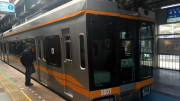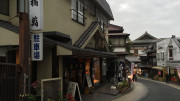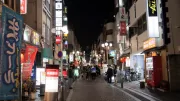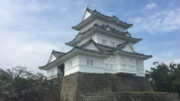Mt. Fuji is arguably Japan’s most iconic landmark and is easily accessible from major cities. Standing at 3,776 metres, this perfectly conical, dormant volcano holds deep cultural significance in Japan and has been featured in art, literature, and folklore for centuries. The volcano last erupted in 1708, just over 300 years ago, and no one knows when it might start rumbling again.
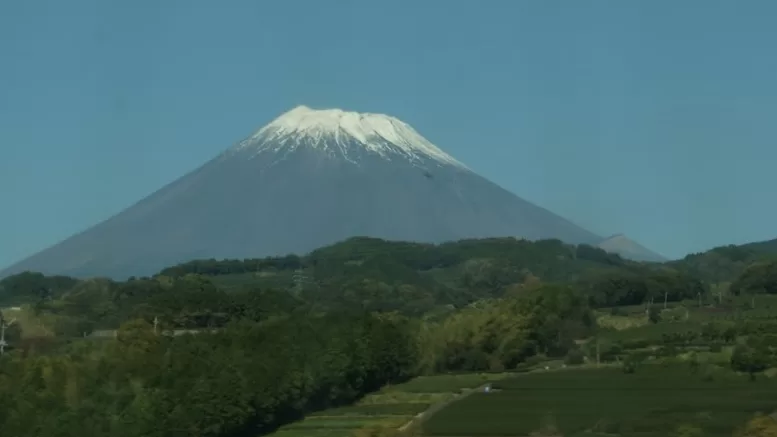
On a clear day, Mt. Fuji can be seen from Tokyo and Yokohama, making it a highlight of the Shinkansen train journey from Tokyo to Nagoya. Our photograph of Mt. Fuji was actually taken from the train in October, when some snow still capped its peak. We captured the shot about 30–40 minutes after departing Tokyo. The mountain is located approximately 100 km southwest of central Tokyo.
For those who want to get up close and climb Mt. Fuji, weekdays are the best option, as weekends can be extremely busy. The climb typically begins from the 5th Station, the main starting point. The official climbing season is in July and August. However, if you’re just visiting to take in the scenery and capture stunning photographs, the best views are from a distance, as the mountain’s immense size makes it difficult to appreciate up close. The areas around Lake Kawaguchi and Lake Yamanaka are considered some of the best locations for viewing and photography, with fantastic tourist facilities.
That said, capturing the perfect shot of Mt. Fuji can be challenging, as the mountain is often obscured by fog, smog, or clouds. Many photographers leave disappointed because clear days can be rare. Early morning is often recommended as the best time to visit. The weather around Mt. Fuji can change rapidly, so if you get a clear view, start snapping immediately—you might only have a few minutes before it disappears.
Hakone is another popular spot for viewing Mt. Fuji. Many visitors also explore the Hakone Tozan Railway, a historic mountain railway that offers a scenic ride through the forests and valleys of Hakone. The railway provides easy transfers to another of the area’s top attractions—the Hakone Ropeway, which links Sounzan and Togendai. This gondola ride takes about 30 minutes and offers spectacular views of Mt. Fuji. Visitors can also take the Hakone Cable Car to the National Park and Lake Ashi, both excellent vantage points for the mountain.
While many tour operators offer bus trips to Mt. Fuji, it is relatively easy to reach the area on your own by train or bus. Buses take longer but provide a direct route, making them a convenient option for some travelers. Buses to various Mt. Fuji stops depart from Shinjuku Station. If traveling by train, take the JR Chuo Line from Shinjuku, transfer at Takao to the JR Chuo Honsen Line, then change at Otsuki to the Fuji Express. Depending on the timetable, the bus may be the fastest option.

